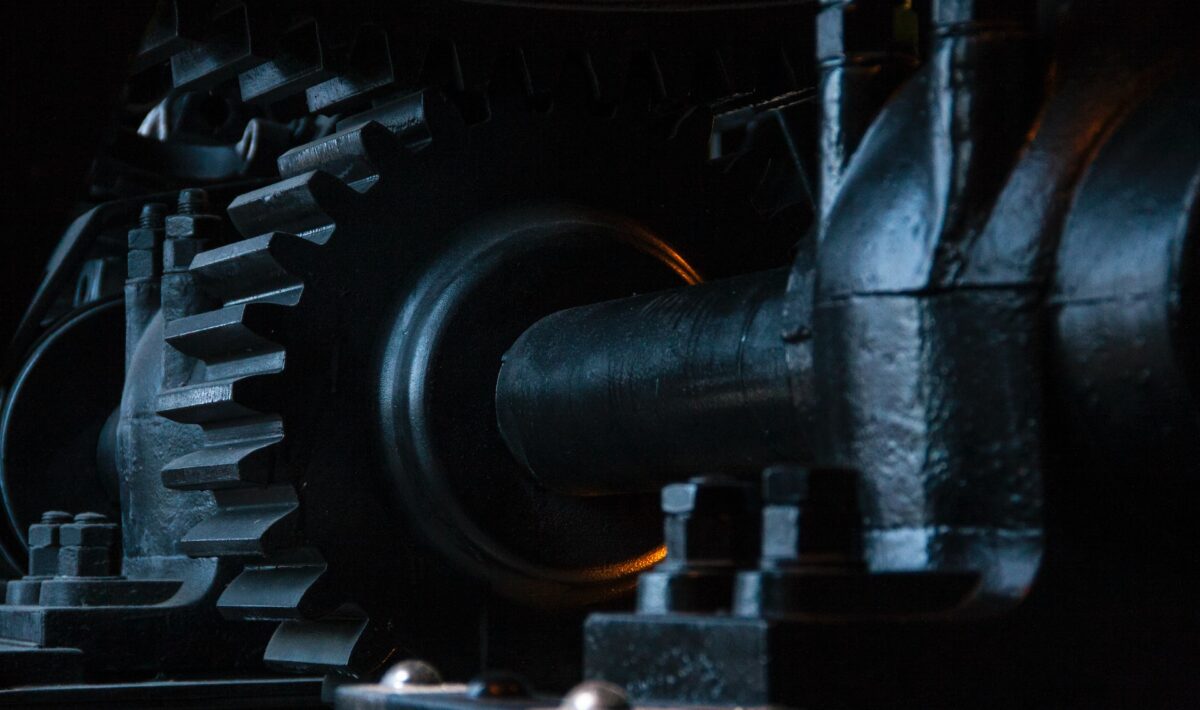Stellite machining is an essential process that helps to manufacture a wide variety of medical devices. It includes heart pacemakers and surgical tools, among others.
Surgical tools
Many surgical tools are made of stainless steel, which is very resistant to corrosion. However, its hardness makes it more susceptible to scratches, which could lead to contamination. To reduce the potential of such scratches, surgical tools are often miniaturized. They are made with thin walls and precise geometries, sometimes hand-held or robotic.
Stellite is a cobalt-based superalloy that possesses high hardness and good wear resistance. It is used in many applications due to its excellent properties. Stainless steel and other alloys are often prone to scratching, while stellite machining is highly resistant to oxidation and corrosion.
The arduous facing process was developed in 1922. The process entails overlaying an alloy over a weaker metal. This manufacturing tool is slower than other processes but offers pristine, burr-free surfaces.
Stellite is usually formulated to maximize wear resistance. This alloy is suitable for use in the oil and gas, petrochemical, and automotive industries.
Heart pacemakers
Stellite is a popular alloy that is used in several applications. These include dental implants, heart pacemakers, and surgical tools. The metal is also famous for its corrosion resistance. Among the most common use of stellites are dental prostheses and valve seats.
One of the most prominent features of stellites is their low Young’s modulus. It is a measure of how hard it is to manipulate the material. During manufacturing, stellites are commonly machined using a grinding process. However, this is a costly procedure. Therefore, many stellites are produced by a deposition method.
Stellite has various other characteristics. It is resistant to high heat. It is the preferred material for the inside components of industrial process valves. Despite its durability, it has a high melting point. Compared to other metals, stellites have a very high degree of toughness.
Other benefits of stellites are their low magnetic properties. It makes them an ideal material for medical implants. They are also highly biocompatible. Unlike other metals, stellites do not react with the body’s fluids.
Internal combustion engines
Internal combustion engines are the primary power source for most aircraft, rockets, and other powered vehicles. They also significantly impact the environment by producing noise and emissions. In the future, new technologies may offer hope for reducing emissions and improving efficiency.
The primary difference between internal and external combustion engines is that in internal engines, the chemical reaction of the working fluid with the air in the combustion chamber is used to produce valuable work. It results in hot gaseous products that act on the moving surfaces of the engine. These gases are then vented from the cylinder through an exhaust system.
Internal combustion engines typically use fuels derived from fossil fuels, such as gasoline or diesel. Other materials, including bioethanol, have also been studied as possible fuels. However, these are generally more expensive than gasoline and must be transported through a complex fuel system.
There are two main groups of internal combustion engines. Those using gasoline or diesel are commonly called gas engines. Another group is liquid propellant engines.

